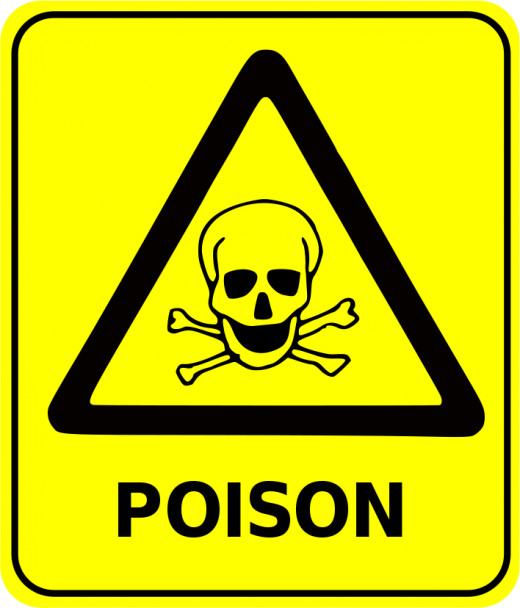Milk with antioxidant properties, Get more Healthy.

With antioxidants and rich flavor, this soothing recipe for Milk is a delicious way to reap the benefits of Turmeric.
Traditionally used for centuries in India, Turmeric is an herbal component packed with plant-based antioxidants that can help fight against cell-damaging free radicals in the body
How to make at home?
Ingredients:
- 1 half tea spoon of turmeric
- 2 Cups Coconut Milk
- 1 tsp Cinnamon
- ¼ tsp Ginger
- 1 tsp Honey
Directions:
- Combine turmeric, coconut milk, cinnamon, and ginger in small saucepan and set to medium heat
- Heat mixture until steaming but do not bring to a boil
- Pour liquid into a mug and add honey to sweeten
- Enjoy!







